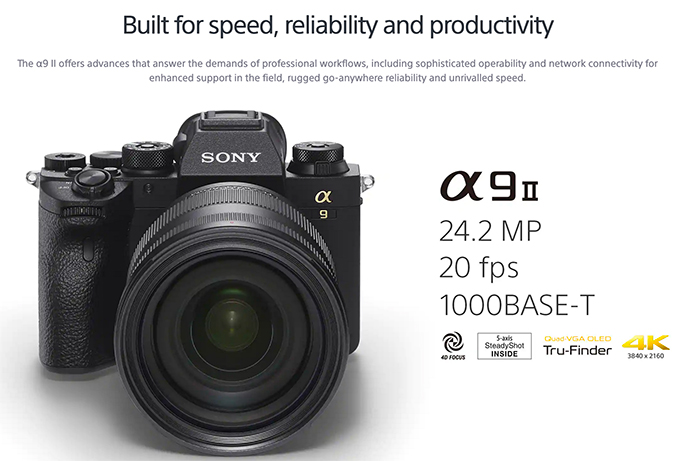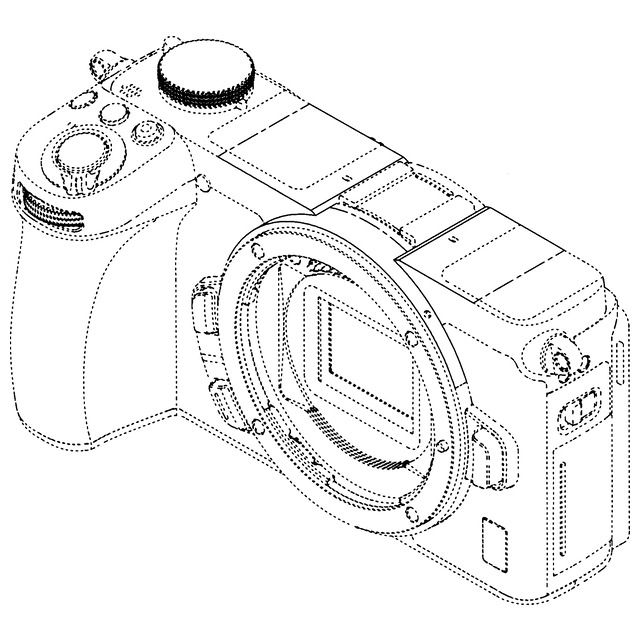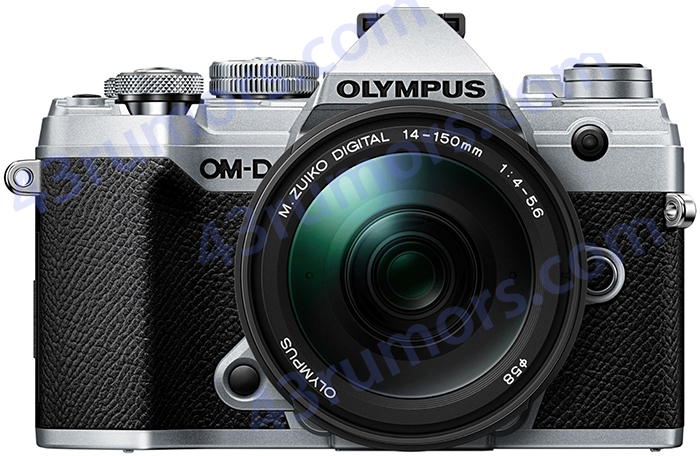Sony announced the new “not so exciting” A9II

Sony did announce the new A9II today and the reaction on the web was….mehhhhh :(
This is basically an A9 with A7rIV body and some minor tweaks. I guess that PRO’s will not care and buy the camera anyway. But for the “normal Sony guy” this cameras is indeed a bit of a disappointment.
Preorders:
Sony A9II at BHphoto. Adorama. FocusCamera. WexUK. ParkCameras.


